From Bauhaus to Mecca
Visiting time: ●●● Long (90 minutes)The exhibition From Bauhaus to Mecca introduces you to the fascinating architect Dr Mahmoud Bodo Rasch. Born into a German artistic family and having studied architecture, he seemed destined to follow the modernist ideas of post-war Europe. But he made a different choice: he converted to Islam and became one of the most important architects of the Islamic religious world. His designs for the Hajj (the Islamic pilgrimage) in Mecca and Medina are world-famous, but he himself remained unknown. In this exhibition, you will see more than 200 models, drawings, photographs and other objects by Rasch. You will also see work by young designers from the Middle East. This exhibition reveals that the contrast between European modernism and the Islamic world is not nearly as great as is often thought.
From Bauhaus to Mecca
The exhibition From Bauhaus to Mecca explores the life’s work of architect Dr Mahmoud Bodo Rasch (1943). His father and uncle were both Bauhaus architects (Bodo Sr, 1903-1995, and Heinz Rasch, 1902-1996) and his mother was a celebrated painter and illustrator (Lilo Rasch-Naegele, 1914-1978). Rasch studied architecture and went to work with the renowned architect of lightweight structures, Frei Otto (1925–2015). Otto and Rasch experimented in various ways with architectural models (maquettes). They were greatly inspired by nature and researched forms that could be used in architecture. Their architectural spans designed with soap solution are world-famous. During a visiting lectureship in 1974 in the US, Rasch became involved in an urban planning competition for an enormous tent city in Mina, Saudi Arabia. He converted to Islam and, together with his friend Sami Angawi (1948), founded The Hajj Research Centre (HRC). With this research centre, he examined the annual Hajj (pilgrimage) in Mecca through the lens of urban design and attempted to apply his ideas about Leichtbau, acquired from Frei Otto, to this context.
Earthly Considerations for a Heavenly Project
Within Islam, the Hajj is one of the five pillars of faith. Each year, some 2 million pilgrims take part. Rasch gained great recognition for creating enormous self-deploying parasols in the city of Medina. These parasols protect pilgrims from the scorching sun. Besides crowd crushes, the heat is one of the main causes of death during the Hajj. What makes Rasch’s work distinctive is that he designs functionally for a spiritual practice. He was one of the first to map out the Hajj as a design challenge. This way of looking at the Hajj reveals to visitors all manner of earthly considerations and decisions for a heavenly project.
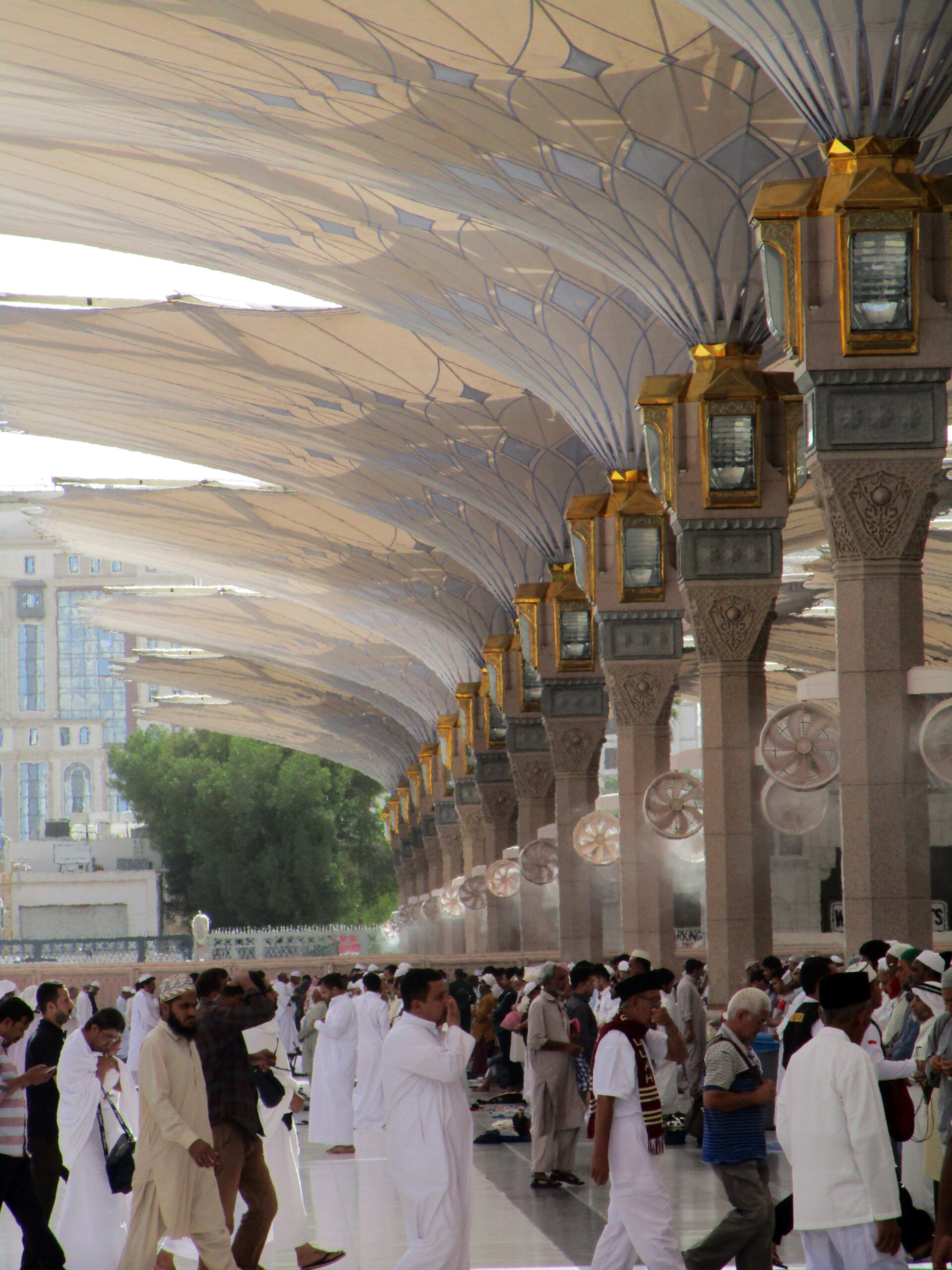

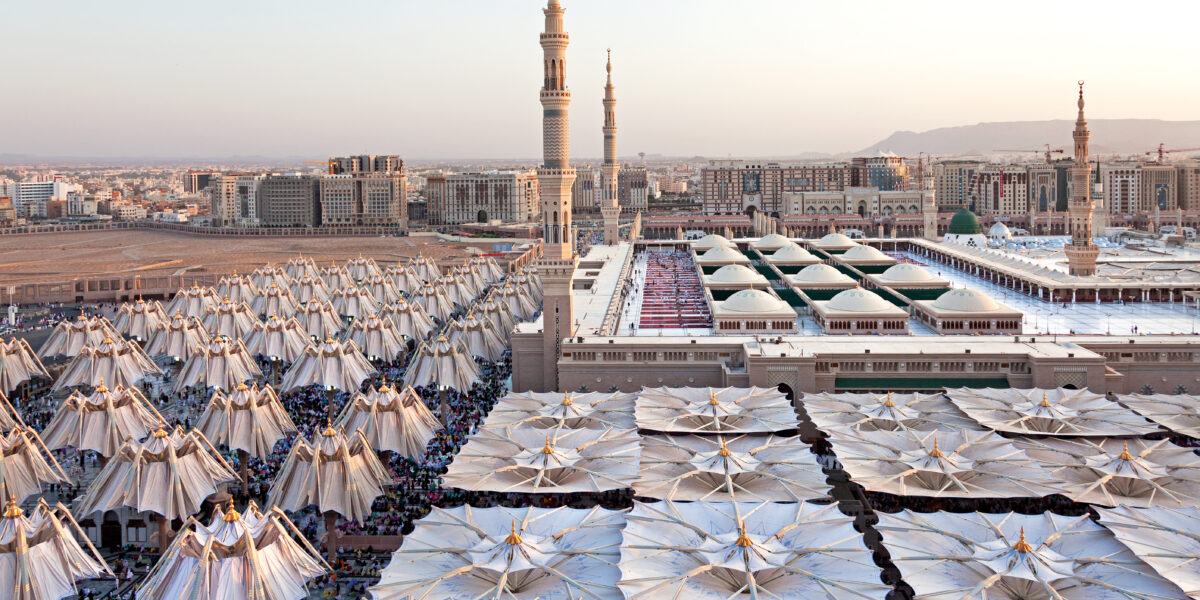
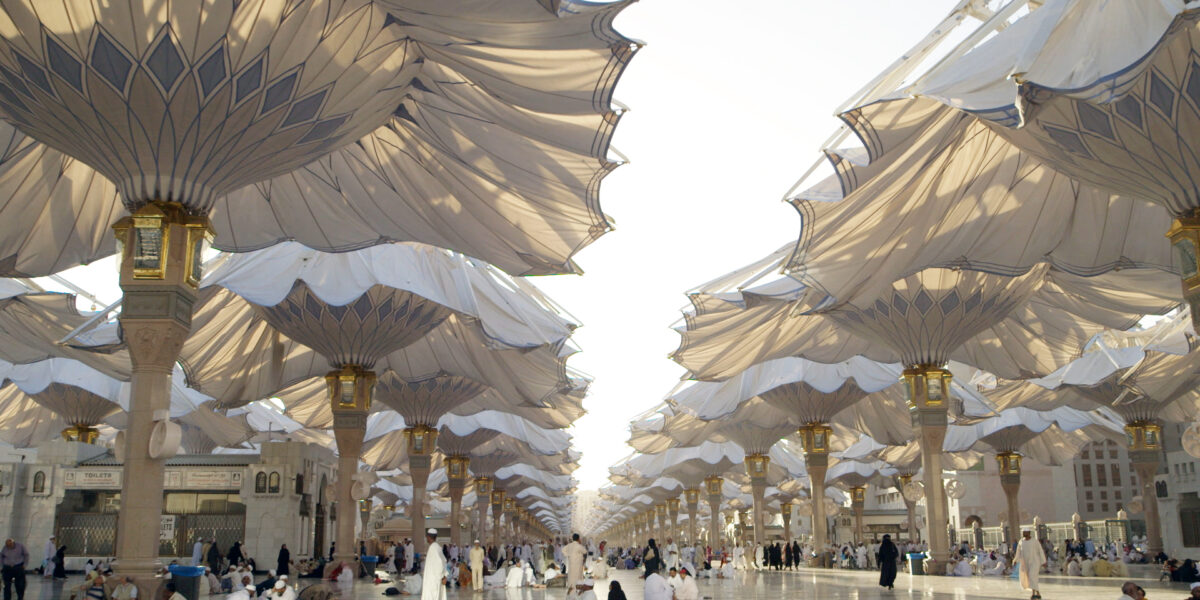
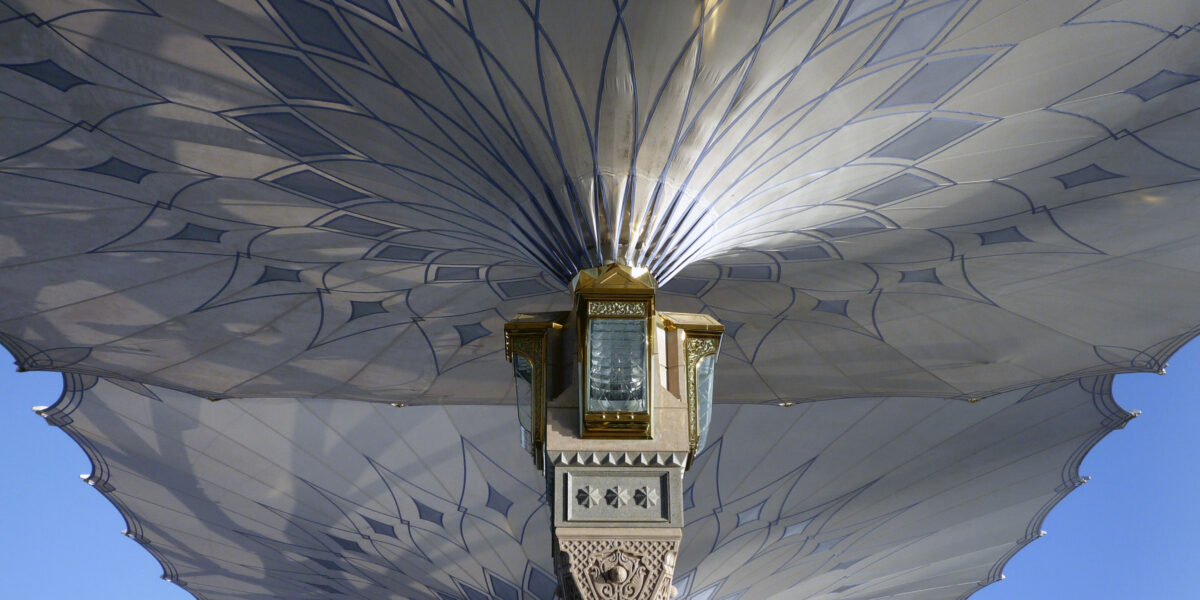
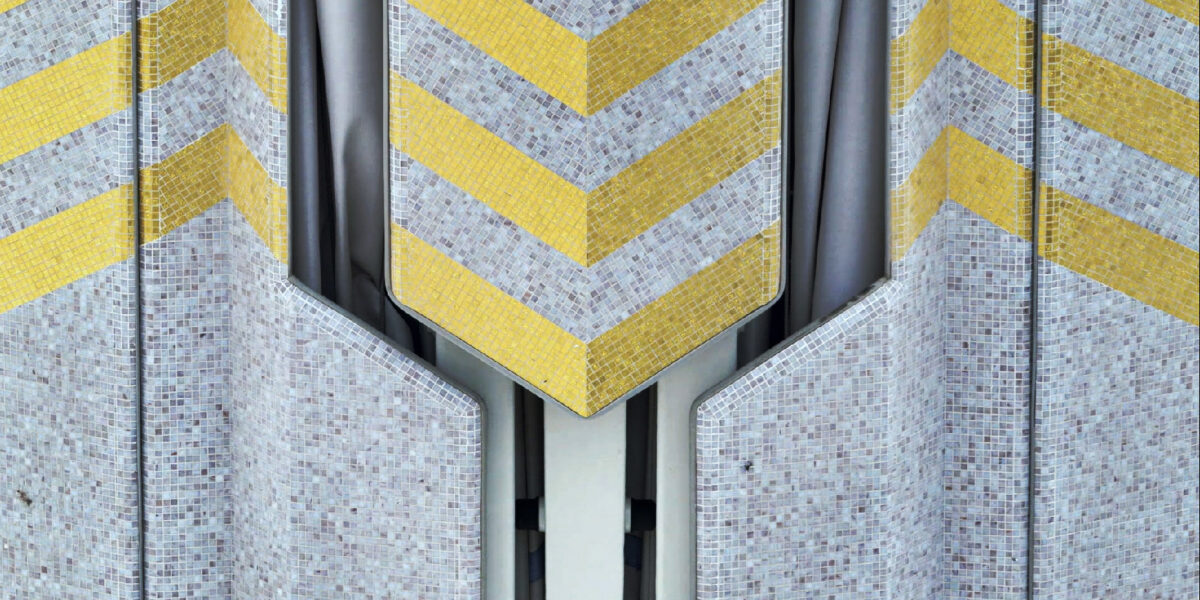
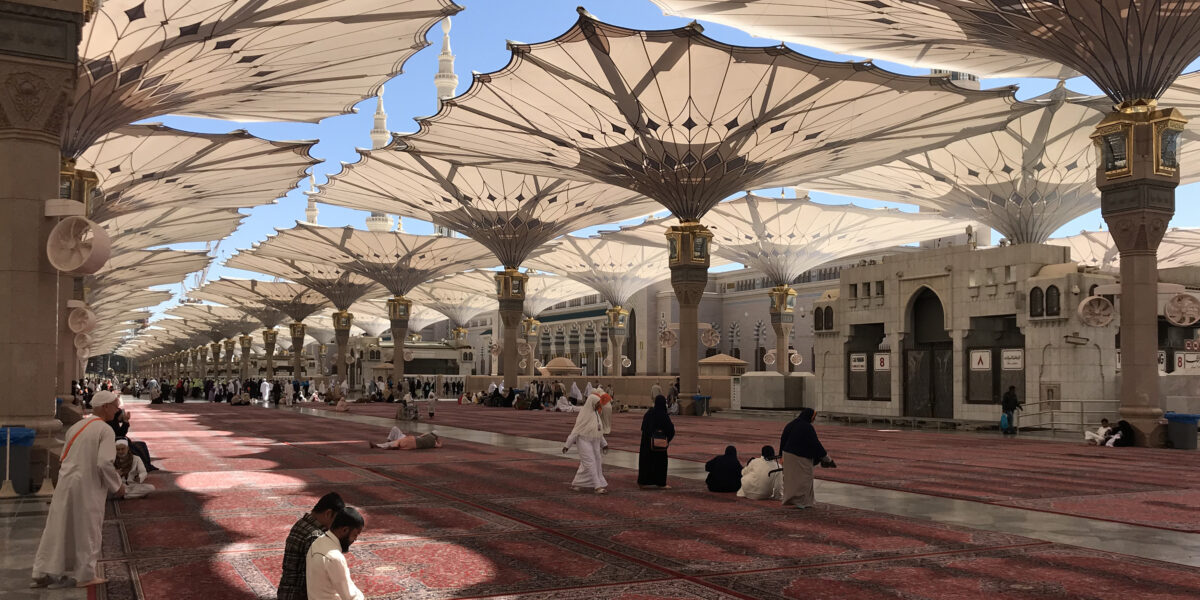
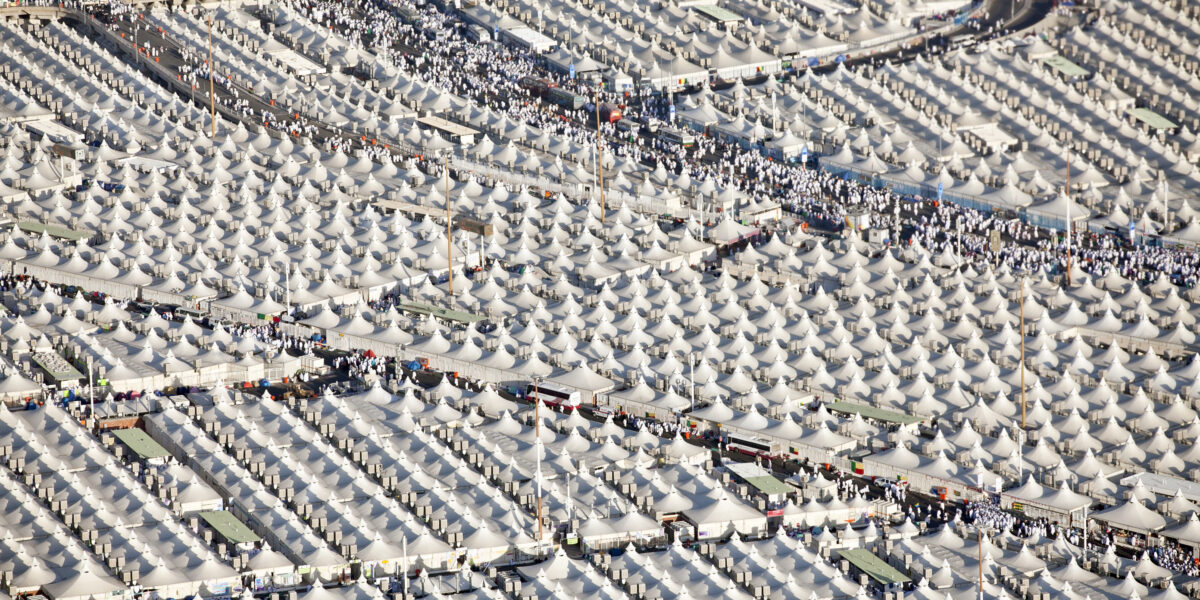
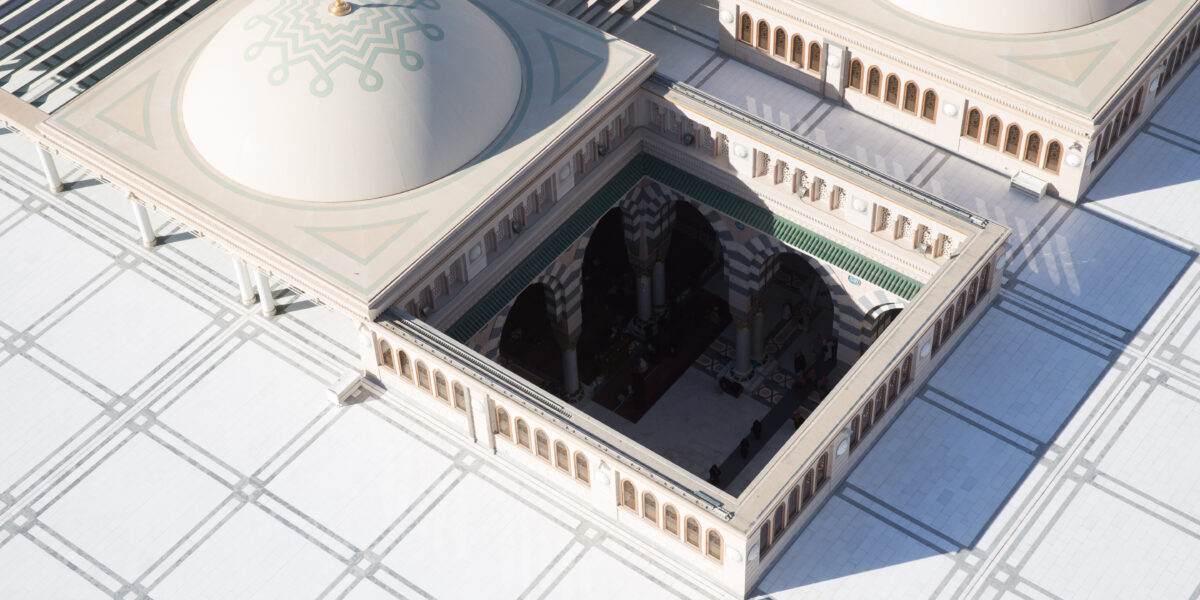
Design and Philosophy
Remarkably enough, Rasch is not well known in Europe. Design Museum Den Bosch aims to change this, as his work offers an excellent opportunity to examine the contemporary world of design, architecture and worldview. The life and work of Rasch question what is generally seen in Europe as modernity. In the exhibition, you will discover how one of the greatest social phenomena, the Hajj, is strongly connected to design. Design, like worldview, intervenes in people’s lives and literally gives shape to these lives. Through the lens of Rasch’s life work, this exhibition demonstrates how multiple worlds are united: Bauhaus of his family, the world of nature-inspired Leichtbau of his teacher Frei Otto, and Islamic architecture and design. In short, all the components that are inextricably linked to his work and working method.

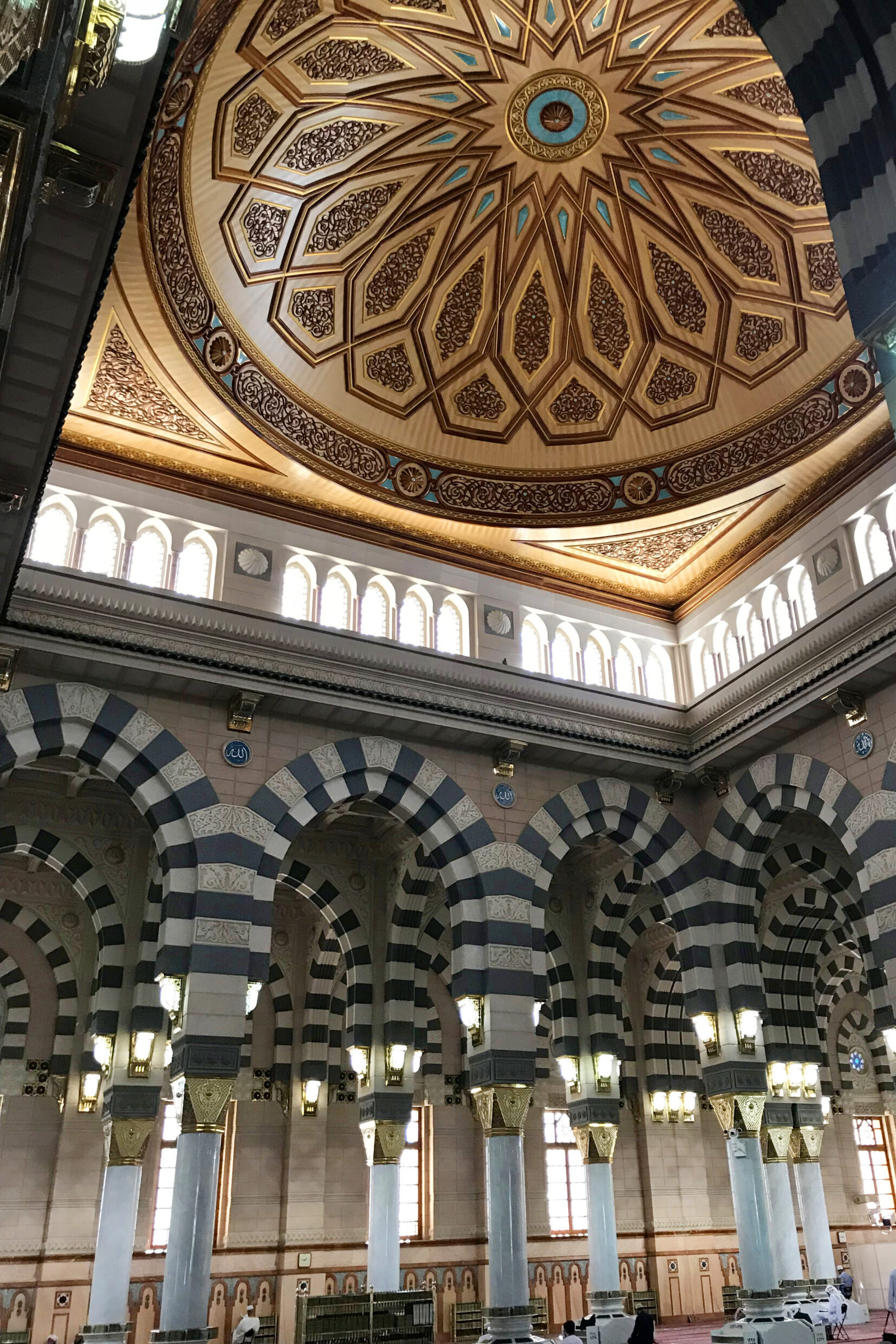
Young Designers Take the Stage
The final section of the exhibition features a selection of works by young designers from West Asia and North Africa. Like Rasch, they play with the tension between tradition and modernisation. And like Rasch, they demonstrate that this alleged contrast can be a wonderful source of inspiration, leading to a new visual language that gives old cultures renewed relevance in a contemporary way. Here you will see work by, amongst others, Siba Sahabi, Dina Lebbar, Hakim el Amrani, Amina Zemouli and Anisa Nachett.
This exhibition has been curated by head curator Yassine Salihine. Archival research was carried out by Ali T. A’Sad. The exhibition design and campaign image have been designed by Tarek Atrissi Design.
This exhibition is made possible by Mondriaan Fonds,

Stimuleringsfonds Creatieve Industrie,
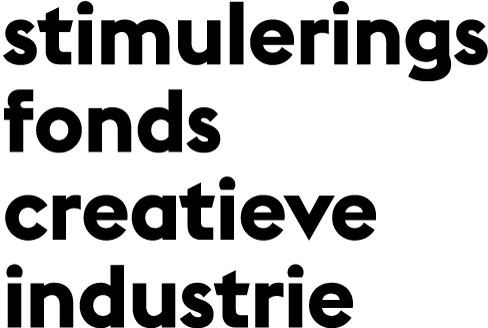
the Turing Foundation,
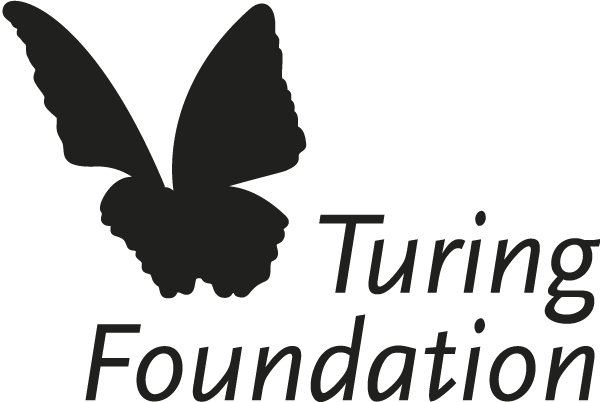
the Iona Stichting,

the Van Eesteren-Fluck & Van Lohuizen Stichting,
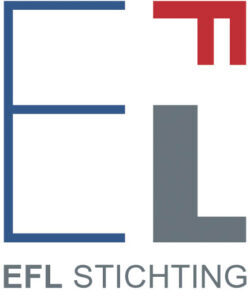
the province of Noord-Brabant,

and municipality ‘s-Hertogenbosch.

